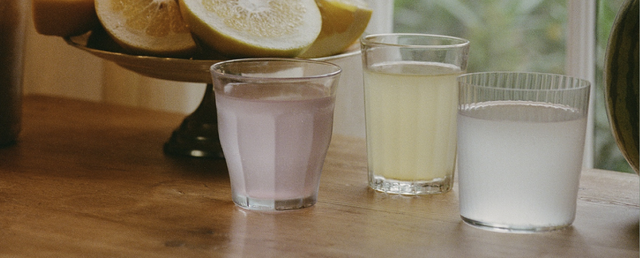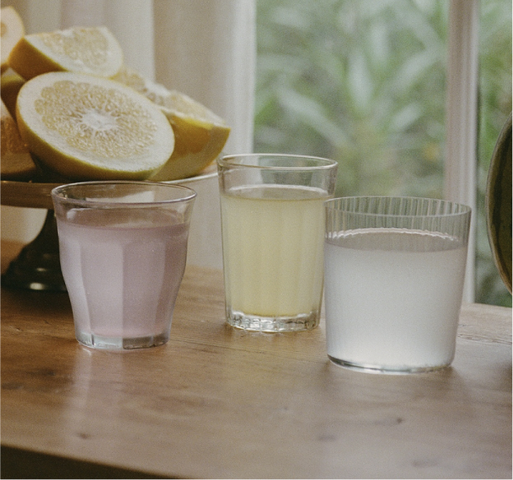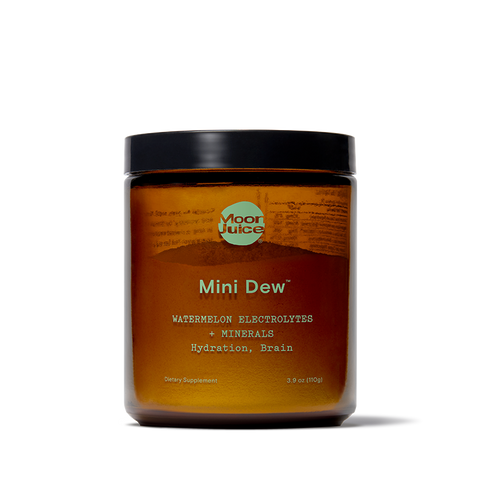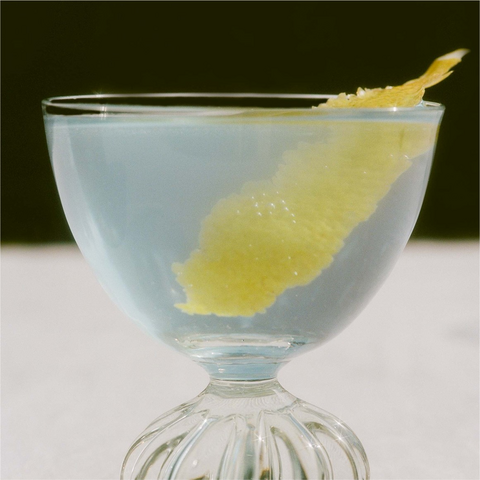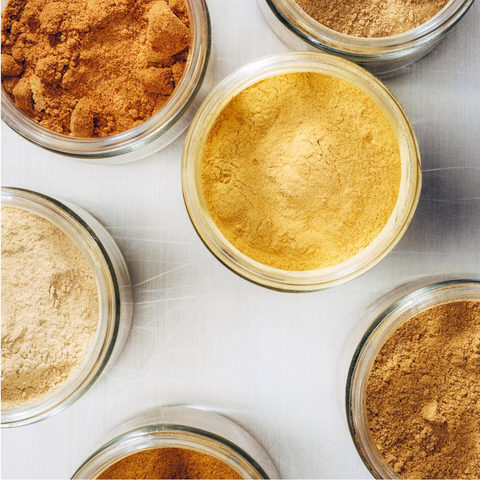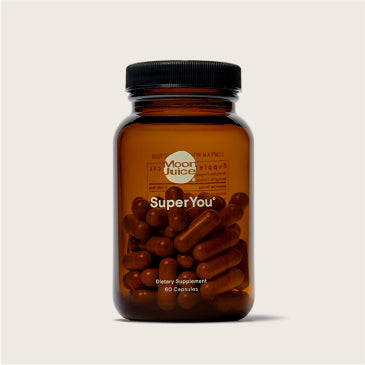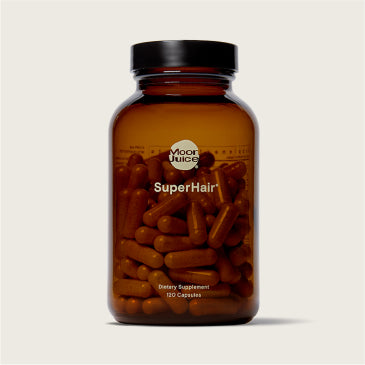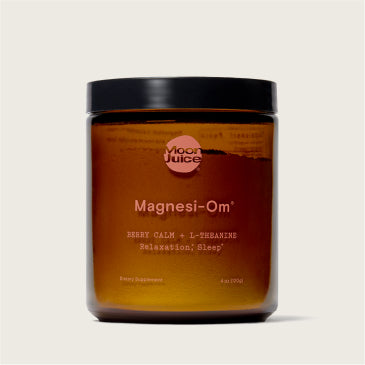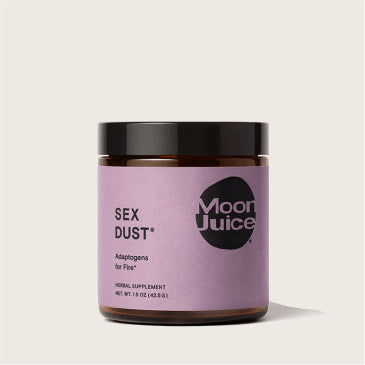If you're health conscious, you’ve likely felt overwhelmed at the grocery store by the variety of options when it comes to the simple act of replacing your regular table salt at home. From pink Himalayan salt to sea salt — you’ve probably wondered what’s the actual difference, and which one should you choose? After all, salt is essential.
Although the human body only needs small amounts of it and 90% of Americans consume too much, the minerals — sodium and chloride — are electrolytes that help power the body in essential ways. Salt helps the body carry out daily functions, like maintaining fluid balance in and between cells, and supporting muscles and nerves. Clearly, salt is important. But what’s the best way to add salt to the diet — through pink Himalayan salt or sea salt?
In this article, we’ll dive into the debate between pink Himalayan salt vs. sea salt and cover their differences, including sourcing, nutritional content, health impacts, and taste, so you can decide which type of natural salt is right for your needs.
Origin
Pink Himalayan salt and sea salt have their own distinct origins. Himalayan pink salt gets its name from the rock salt mines nestled in the Himalayas of Pakistan while sea salt is harvested from evaporated sea water from various regions across the globe. While one comes from the mountains and the other from the sea, their differences in origin impacts their mineral composition and flavor profile.
Mineral Content
When comparing Himalayan pink salt vs. sea salt, it's important to highlight that they are quite distinct from each other. For starters, Himalayan pink sea salt has numerous trace minerals, particularly iron oxide, which gives it its notable pink color. And overall, Pink Himalayan salt mineral content is found to have higher levels of calcium, iron, magnesium, manganese, potassium, aluminum, barium, silicon, and sulfur, compared to regular table salt.
In comparison, sea salt often contains magnesium, potassium, and calcium but its mineral composition varies depending on the location it’s harvested from. It’s important to note that some sea salts and pink crystal salts have been found to have less sodium per teaspoon compared to regular table salt, likely because their larger crystal structure grains are larger in size and thus, their crystal structure takes up more space on a spoon.
Health Benefits
So, what are the health benefits of Himalayan salt and sea salt? Pink salt has higher amounts of trace minerals compared to sea salt and regular salt, however the additional minerals are present in such small amounts that researchers consider the difference negligible. In general, salt provides the body with the necessary electrolytes for healthy functioning.
Both sodium and chloride play important roles in the body — regardless of if they’re from pink salt or sea salt. Sodium helps balance fluid levels and supports healthy nerve and muscle function, while chloride helps maintain blood levels, blood pressure, and bodily fluids. However, too much sodium intake has been linked to high blood pressure and some individuals are more salt-sensitive, requiring less salt for their day-to-day health. Overall, salt benefits the body in a variety of ways, so adding moderate amounts of salt in water for hydration or to your diet can help with electrolyte balance.
Processing
When it comes to processing, Himalayan pink salt and sea salt couldn’t be more different. Pink salt is minimally processed, as it’s typically hand-mined and involves breaking down large rocks into finer particles. As a rock salt, it undergoes less processing compared to sea salt or table salt.
Sea salt, on the other hand, is created through the evaporation of seawater and the nature of this process can introduce microplastics and heavy metals into the salt. Filtering out microplastics is currently not done, and various sea salt samples have been found to contain these contaminants. While the long-term effects of microplastic accumulation in the human body are not fully understood, exposure may lead to particle toxicity and oxidative stress, potentially increasing inflammation in the body.
Taste & Culinary Use
Some sea salt samples have been found to have distinct flavors (such as green, herbal, smoky, or earthy notes) while pink salt is often said to have a mildly sweet taste due to its iron oxide levels. However, both types of natural salt have an adequate salty taste and can be used interchangeably in cooking or baking recipes.
Which Salt Should You Use?
When deciding which salt to use, consider your specific needs, essential mineral content, and health goals. Both pink salt and sea salt have a salty taste (with minor differences in underlying flavor), and both have slightly lower sodium levels than common table salt (though researchers note the difference is not clinically significant). Given that sea salt can contain microplastics and heavy metals which can increase inflammation in the body, Himalayan salt products may be a healthy choice to meet your nutritional needs.
Get the Benefits of Himalayan Salt in Mini Dew
To easily add minerals to water, take it as part of a high-quality electrolyte powder.
Mini Dew™ is a 2 in 1 electrolyte + trace mineral powder that supports hydration and brain function. With Microplastic-free pink salt electrolyte, ionic trace minerals, and chelated essential minerals — it’s a supplement powder that maintains fluid balance and helps reduce brain fog. Mini Dew™ tastes like organic watermelon or pomelo, has added minerals, and a dash of pink salt. It instantly dissolves in water and has zero sugar.
To use: Mix 1 tsp of this electrolyte drink powder in 12 oz of water.

Takeaways
Choosing a high-quality salt can feel overwhelming given the range of options. Pink salt, sourced from the Himalayan mountains, is rich in trace minerals and less processed, while sea salt, harvested from evaporated seawater, can vary in mineral content and may contain microplastics. Both salts have similar salty tastes with minor flavor differences and slightly lower sodium levels compared to table salt. Now that you understand their differences, you can confidently decide which best supports your larger health goals and begin adding it to your diet.
Looking to incorporate pink salt into your supplement routine? Consider adding a high-quality electrolyte drink powder to your water.
Sources
- Exploring Our Fluid Earth. Traditional Ways of Knowing: Salt Harvesting https://manoa.hawaii.edu/exploringourfluidearth/chemical/chemistry-and-seawater/salty-sea/traditional-ways-knowing-salt-harvesting
- Center for Science in the Public Interest. Sea salt. https://www.cspinet.org/article/sea-salt
- Wiley Online Library. Comparison of salty taste and time intensity of sea and land salts from around the world. https://onlinelibrary.wiley.com/doi/abs/10.1111/j.1745-459X.2010.00317.x
- US Food and Drug Administration. Eating Too Much Salt? Ways to Cut Back...Gradually. https://www.fda.gov/consumers/consumer-updates/eating-too-much-salt-ways-cut-backgradually#
- Cleveland Clinic. Electrolyte Imbalance. https://my.clevelandclinic.org/health/symptoms/24019-electrolyte-imbalance
- Nature Scientific Reports. The presence of microplastics in commercial salts from different countries. https://www.nature.com/articles/srep46173
- Science Direct. Environmental exposure to microplastics: An overview on possible human health effects. https://www.sciencedirect.com/science/article/abs/pii/S0048969719344468
- National Library of Medicine. Dietary Sodium and Health: More Than Just Blood Pressure. https://www.ncbi.nlm.nih.gov/pmc/articles/PMC5098396/
- US Food and Drug Administration. Sodium in Your Diet. https://www.fda.gov/food/nutrition-education-resources-materials/sodium-your-diet
- National Library of Medicine. An Analysis of the Mineral Composition of Pink Salt Available in Australia. https://www.ncbi.nlm.nih.gov/pmc/articles/PMC7603209/
Sources
- Exploring Our Fluid Earth. Traditional Ways of Knowing: Salt Harvesting. https://manoa.hawaii.edu/exploringourfluidearth/chemical/chemistry-and-seawater/salty-sea/traditional-ways-knowing-salt-harvesting
- Center for Science in the Public Interest. Sea salt. https://www.cspinet.org/article/sea-salt
- Wiley Online Library. Comparison of salty taste and time intensity of sea and land salts from around the world. https://onlinelibrary.wiley.com/doi/abs/10.1111/j.1745-459X.2010.00317.x
- US Food and Drug Administration. Eating Too Much Salt? Ways to Cut Back...Gradually. https://www.fda.gov/consumers/consumer-updates/eating-too-much-salt-ways-cut-backgradually#
- Cleveland Clinic. Electrolyte Imbalance. https://my.clevelandclinic.org/health/symptoms/24019-electrolyte-imbalance
- Nature Scientific Reports. The presence of microplastics in commercial salts from different countries. https://www.nature.com/articles/srep46173
- Science Direct. Environmental exposure to microplastics: An overview on possible human health effects. https://www.sciencedirect.com/science/article/abs/pii/S0048969719344468
- National Library of Medicine. Dietary Sodium and Health: More Than Just Blood Pressure. https://www.ncbi.nlm.nih.gov/pmc/articles/PMC5098396/
- US Food and Drug Administration. Sodium in Your Diet. https://www.fda.gov/food/nutrition-education-resources-materials/sodium-your-diet
- National Library of Medicine. An Analysis of the Mineral Composition of Pink Salt Available in Australia. https://www.ncbi.nlm.nih.gov/pmc/articles/PMC7603209/

